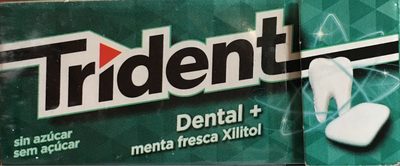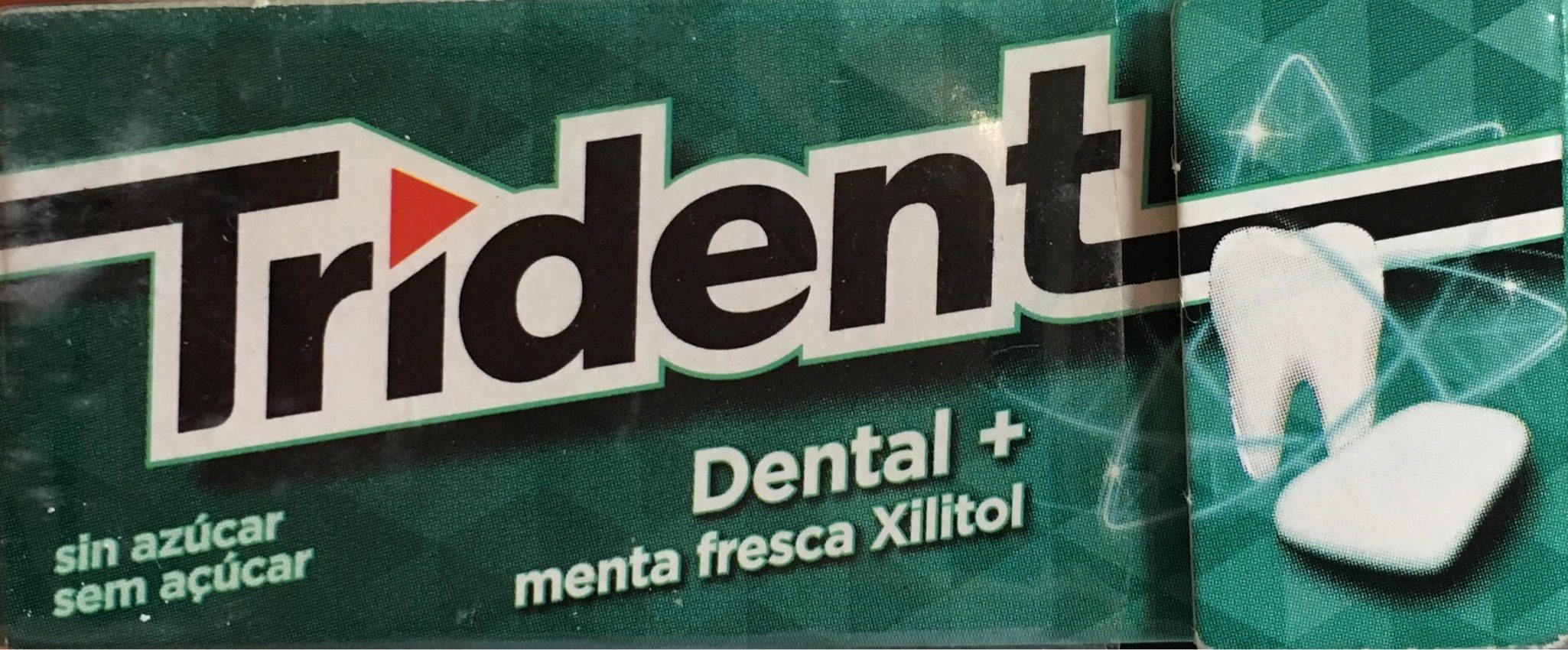Dental+ Menta fresca Xilitol - Trident - 14,5 g (1,45 g x 10)
This product page is not complete. You can help to complete it by editing it and adding more data from the photos we have, or by taking more photos using the app for Android or iPhone/iPad. Thank you!
×
Barcode: 84164384
Common name: Chicles sin azúcar con edulcorante sabor menta
Quantity: 14,5 g (1,45 g x 10)
Packaging: fr:Cajita de cartón de bolsillo
Brands: Trident
Categories: Snacks, Sweet snacks, Confectioneries, Chewing gum
Origin of ingredients: Unspecified
Matching with your preferences
Environment
Packaging
Transportation
Report a problem
Data sources
Product added on by openfoodfacts-contributors
Last edit of product page on by tasja.
Product page also edited by gus, kiliweb, musarana, org-app-elcoco, packbot, tacite, thaialagata, yuka.E75tGdW6NecxQfDo4akt1gaCHeW4EaNkPVJXog, yuka.ZklJNkQ1MHFsdUFXdWNWdjJFcks2K3hSeklXdVQwRHFFYk0rSVE9PQ.
If the data is incomplete or incorrect, you can complete or correct it by editing this page.









